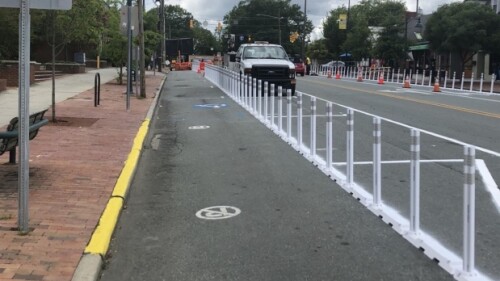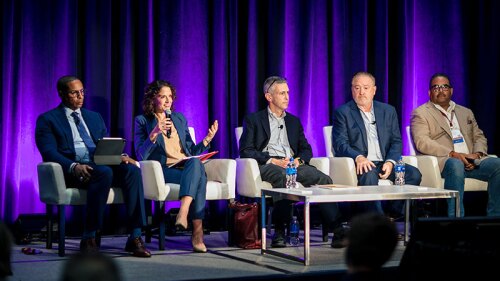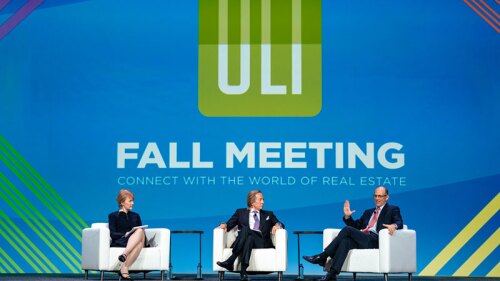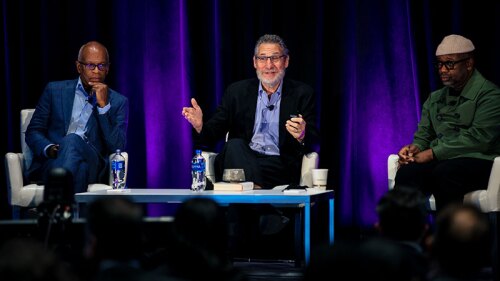<b>Equitable Development</b>
Physical distancing and restriction of travel were some of the earliest and most effective and widespread strategies enacted worldwide to control the transmission of COVID-19. Roads emptied of typical automobile traffic, and many were used in new ways to support the needs of communities. Cities used roadways to create space for walking and bicycling, outdoor commerce, and queuing for essential services, with the implementation of these programs moving abnormally quickly to respond to an increased demand.
Despite potential storm clouds ahead, survey results from the Emerging Trends in Real Estate ® United States and Canada 2022report show strong optimism.
Despite a forecast for higher inflation and rising interest rates, experts continue to have a favorable view on returns and performance for commercial real estate. However, the high tide of the improving economy is not raising all boats to the same level. There remains a clear bifurcation across and within property sectors.
Successful development of 20-minute communities in Black and brown neighborhoods requires community involvement and ownership, according to panelists who explored the topic at ULI’s 2021 Fall Meeting.
Fall meeting attendees toured on foot this dynamic and exciting community in Chicago that is evolving differently than any other Chinatown in America. A neighborhood rich with historic and award-winning contemporary architecture, this proud community is fighting gentrification while retaining its cultural significance.
The success of Chicago’s push in recent years to support development near public transit had a problem, according to Charlton Hamer, senior vice president of local developer Habitat Affordable Group: The popularity of the new projects created inequity because many people could not afford to live in them.
Making cities such as New Orleans more child-friendly requires rethinking mobility infrastructure, providing more access to public transit, and bringing together a variety of stakeholders—including young people—into the planning process, according to panelists on the “Child-Friendly New Orleans: Designing the Future” concurrent session at the 2021 ULI Fall Meeting in Chicago.
The pandemic is a bit like jury duty: no one quite knows just how long it’s going to last. That analogy set the stage Tuesday morning for a panel discussion titled “Economic Outlook and What It Means for Real Estate”—with a keynote by Austan Goolsbee, professor of economics at the University of Chicago’s Booth School of Business, followed by a discussion with Constance Moore, former president and chief executive officer of BRE Properties and a ULI trustee and governor, and Roy March, chief executive officer of Eastdil Secured, also a ULI governor.
Jonathan Rose, center, in conversation with Commissioner of the Chicago Department Planning and Development Maurice Cox, and Rebuild Foundation executive director Theaster Gates Jr. Rose, a long-time ULI Trustee, is founder and president of New York-based Jonathan Rose Companies, a national mission-driven real estate development, planning and investment firm. Rose Companies has long been a leader in green building practices, and enhancing the social, health and educational opportunities for residents through its Communities of Opportunity programming.
This morning, 2021 ULI Fall meeting attendees toured the area surrounding one of the oldest professional ballparks in the United States, Chicago’s Wrigley Field, which has been home to the Chicago Cubs baseball team for more than a century. When the Ricketts family took over Cubs ownership in 2009, it decided not only to rehabilitate the aging stadium, but also to turn a former parking lot next door into a mixed-use entertainment district bringing office, retail, and hotel uses to the area, as well as much-needed open space called Gallagher Way.







